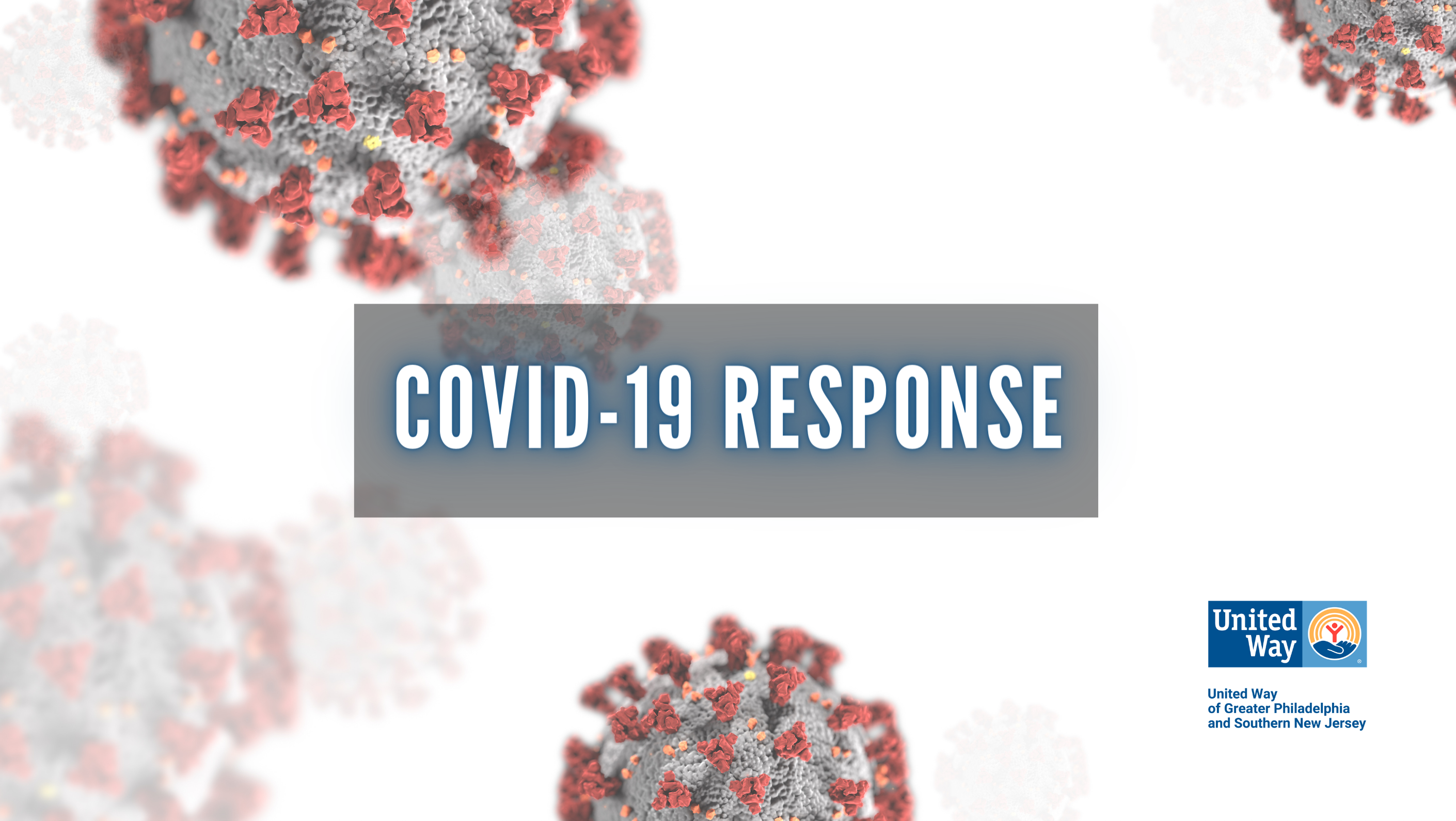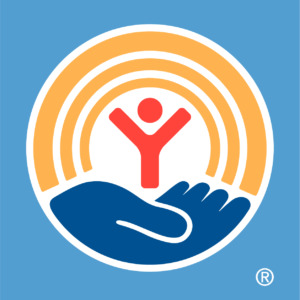The past year has shown the general public, acutely and painfully, something nonprofit sector leaders have known for decades: to get help to those who need it most, “first-come first-serve” is not only unfair but ineffective and inequitable.
Whether waiting in line for food, benefits, or vaccinations, at United Way we push ourselves to ask: Who is not in that line? And how can we reach them? Thankfully, there are ways to mitigate the risk of inequitable resource distribution. Through our Impact Fund’s rapid response focus area, we are building and investing in more of those strategies every day.
Today, our highest priority is vaccination distribution, focusing on people and communities hardest hit by the virus. To date, 7% of those vaccinated are African American and 9% are Hispanic according to the CDC. In Black communities, our country’s history of medical injustice combined with concerns about the vaccinations’ development process has led to troublingly low participation rates. Tools and approaches for reaching priority demographic groups, such as seniors, have so far failed to reliably account for needs such as: digital literacy, internet access, reading levels, language translation, and transportation.
In partnership with nonprofit leaders, local governments, and private sector partners, our team is in a sprint to help counteract these disparities. We are exploring investments in solutions and partnerships that prioritize the communities that are most impacted by COVID-19 and groups that might be disadvantaged by existing vaccination registration approaches. Priority areas include but are not limited to areas with high populations of Black and Brown residents, seniors, English language learners and areas with limited Internet connectivity and access to public transportation. To help address these barriers, we will invest in partnerships that center trusted messengers in their program design. A couple of projects are already underway:
Improve Vaccination Access
Transportation to vaccination appointments is complicated for some residents. Earlier this month, we partnered with Lyft and United Way Worldwide to pilot vaccination transportation for seniors through 211. Working in close collaboration with the City of Philadelphia’s Office of Emergency Management, we will work to direct this resource to communities with limited transportation options and high populations of vulnerable adults. While still a pilot, and available to a small number of residents, we are examining its efficacy and reception with seniors and hope to expand it soon. As new funders join the fold, we hope offer rides to the wider region as vaccine availability expands.
Increase Community Engagement in Solutions
There are many community organizations ready--and eager--to provide support for vaccination outreach and registration. We are working to identify teams that can be retrained and supported to provide information and access in their own communities. Starting next month, Philanthropy Network is re-deploying census outreach teams and infrastructure that our United Way helped build, to assist in getting the word out about vaccinations across the region. This model will leverage the successful network of community-based partners that was established during the 2020 Census. In the Philadelphia alone, Philly Counts and their partners canvassed more than 289,000 households. We are also exploring ways that PHLConnectED digital navigators could assist seniors in navigating the online vaccination registration process and connect with transportation as needed.
Send Resources Where They’re Needed Most
PHLCOVID-19 Fund, our partnership with Philadelphia Foundation, recently awarded $230,000 in grants to organizations focused on vaccination education and distribution. Grantees include: SeniorLAWCenter, PHMC, Center in the Park, Penn Asian Senior Services, Puentes de Salud, African Family Health Organization, Cambodian Association of Greater Philadelphia, La Comunidad Hispana, WHYY, and Cape Regional Medical Center. The Fund continues to address historical inequities in philanthropy by prioritizing organizations led by and serving people of color. In this round, half of the grantees are led by and serving people of color and more than half of grant dollars were awarded to those organizations.
Next Steps:
Our work has only just begun. In times of crisis, United Way stands ready to respond. We're in 95% of all U.S. communities, and in 40+ countries and territories across the world. Wherever we are, it’s our mission to connect people to local resources and the latest information. Our donors can be confident that we are working rapidly, collaborating on solutions, and focused on communities who need access most.

